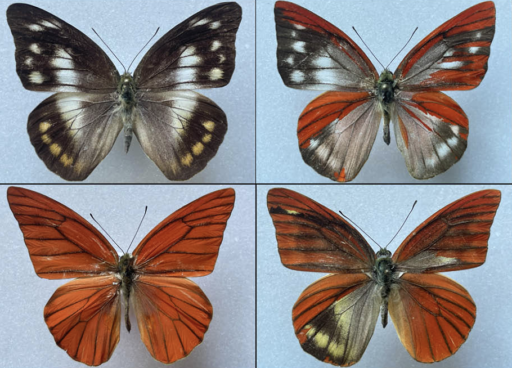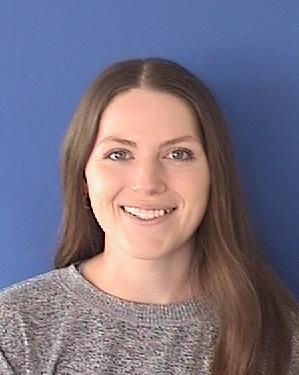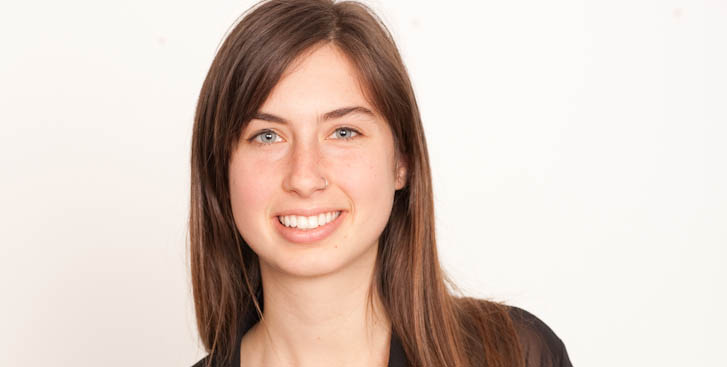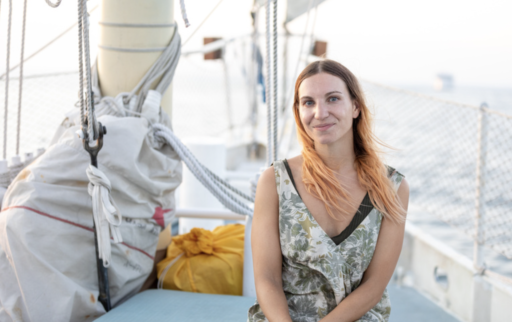My academic career began at the City Colleges of Chicago where I focused mainly on chemistry and geology. I transferred to Wellesley College, originally majoring in geochemistry. It was a scuba trip in Indonesia that changed my focus to biology. In the last year and a half of college, I switched and completed a biological science degree. During my time at Wellesley, I was lucky to get the opportunity to study abroad. It was in the forests of Brazil and Madagascar that my love of insects solidified. I wasn’t sure where my passions would take me after I graduated, but I knew I wanted more experience working with insects, in a scientific or creative way.
I originally joined the Patel Lab in February 2020 as a curator for Nipam’s Lepidoptera collection. As the pandemic began and the MBL went to limited staff, I began doing some butterfly research at home, and once we were able to come back into the office, I started working on a butterfly project looking at anterior-posterior patterning. I’ve enjoyed learning the various techniques to study the genetic underpinnings of animal development. Most of my time is spent on doing research, but occasionally, I get the opportunity to work with the collection, such as creating a display so MBL visitors can learn a little more about this fascinating and complex group of animals. I look forward to continuing to find creative ways to answer developmental questions using navel model organisms like butterflies while also allowing people to appreciate their broad diversity in color, patterns, and form.

My current research project hinges on the hundreds of gynandromorph butterfly photos collected by Nipam Patel over the years of – gynandromorphs are genetic oddities that have both male and female scales displayed on their wings (see image above). By outling the boundary of the differing scale morphology, and overlaying many images, we can use these to create a cell lineage map allowing us to see where and how cells migrate and the probability of them ending up there. Back in the 1960s Antonio Garcia-Bellido and colleagues did something similar by mutating the scale type and tracing where these scales ended up in the wings of Drosophila; they discovered a line in which cells did not cross and defined this as the compartment boundary between the anterior and posterior compartments of the wing (you also see these boundaries in body segments, antenna, legs, etc.). Using the gynandromorph photos in the same manner, we have begun to identify the location of the compartment boundary in Lepidoptera (butterflies and moths). To understand the genes important to the formation and stabilization of the compartment boundary, we are looking at gene expression of early patterning genes known to play a role in segmentation. Tagging these genes of interest with fluorescent RNA probes have allowed us to visualize the expression patterns of these critical genes as well as look at the expression patterns of these genes relative to one another through developmental time. Comparing this genetic data to the gynandromorph tracing data will allow us to get a more complete understanding of compartment boundaries in the development of wings.



